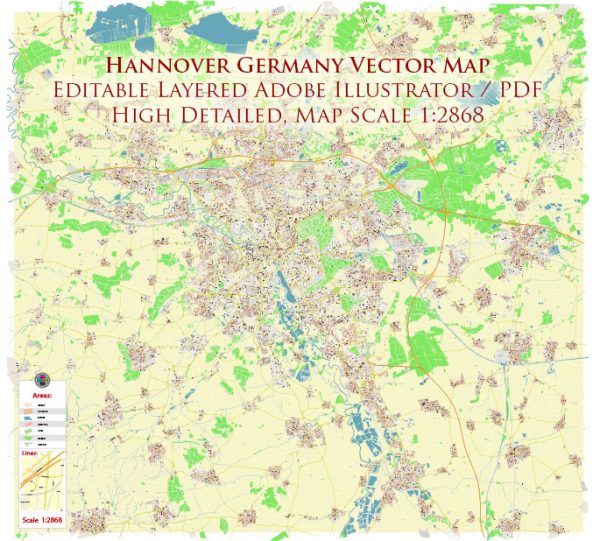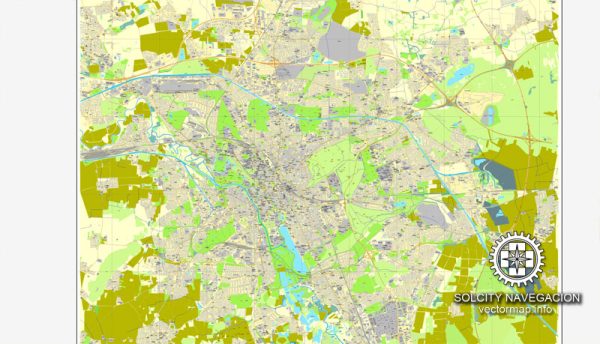Hanover, the capital city of the Lower Saxony state in Germany, has a rich history of urban development that spans centuries. Here is a brief overview:
- Medieval Origins (11th-12th centuries): Hanover’s history dates back to the 11th century when it was a small village near the Leine River. It gained significance as a market town and later became a residence of the dukes of Brunswick-Lüneburg.
- Hanseatic League Influence (13th-17th centuries): Hanover joined the Hanseatic League in the 14th century, which facilitated trade and contributed to the city’s economic growth. The city walls and fortifications were expanded during this time.
- Personal Union with England (18th century): Hanover became part of the personal union between Great Britain and the Electorate of Hanover in the early 18th century. This connection influenced the city culturally and economically.
- Napoleonic Wars and Congress of Vienna (19th century): The Napoleonic Wars had a significant impact on Hanover, as it was occupied by the French. After the Congress of Vienna in 1815, Hanover became a kingdom in the German Confederation.
- Industrial Revolution and Expansion (19th century): The Industrial Revolution transformed Hanover into a more industrialized city. Railways were introduced, and urbanization accelerated. The city saw the construction of important buildings and infrastructure during this time.
- German Unification (Late 19th century): Hanover became part of the German Empire in 1871 following the unification of Germany. The city continued to grow and modernize, with new neighborhoods and infrastructure developments.
- World Wars (20th century): Both World Wars had a significant impact on Hanover. The city was heavily bombed during World War II, resulting in the destruction of many historic buildings. After the war, Hanover underwent reconstruction and redevelopment.
- Post-War Reconstruction and Growth (Mid-20th century): Hanover focused on rebuilding after the war, incorporating modern urban planning principles. The city expanded with new residential areas, and industrial development continued.
- Contemporary Urban Development (Late 20th century – Present): In recent decades, Hanover has continued to evolve as a modern and vibrant city. The reconstruction of historic buildings, the development of new neighborhoods, and the enhancement of cultural and recreational facilities have been key aspects of urban planning.
- Green Spaces and Sustainability: Hanover is known for its commitment to green spaces and sustainability. The Maschsee, an artificial lake in the city, and the Eilenriede, one of the largest urban parks in Europe, contribute to Hanover’s reputation as a green city.
Overall, Hanover’s history of urban development reflects its evolution from a medieval market town to a thriving modern city, blending historical charm with contemporary amenities.



 Author: Kirill Shrayber, Ph.D.
Author: Kirill Shrayber, Ph.D.